Mountains towered above me, the crisp air hit my lungs, and rugged trails twisted through wild, untouched landscapes. That’s how Mercantour National Park introduced itself—hidden deep in the French Alps, full of sweeping pastures, crystal-clear lakes, and the thrill of maybe spotting something wild just around the bend.
From protected woodlands to soaring peaks, every corner seemed to offer something unexpected.
Hiking into the legendary Vallée des Merveilles, I stumbled on ancient rock engravings carved thousands of years ago—a wild blend of history and jaw-dropping scenery. The valley felt mysterious, its rocky slopes hiding stories right in plain sight.
Sure, the petroglyphs tugged at my curiosity, but honestly, I was just as eager to spot wildlife—marmots, chamois, maybe even an ibex if I got lucky.
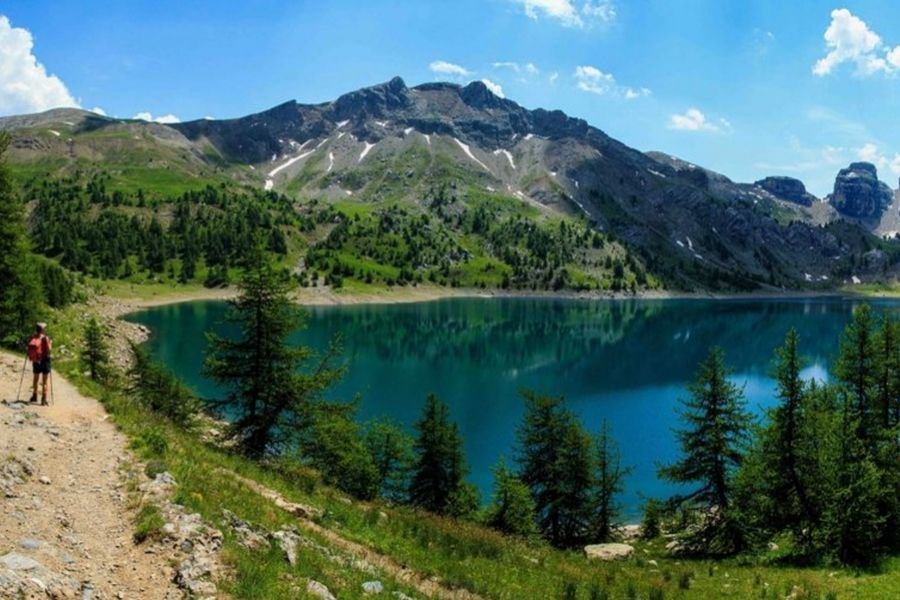
If you’ve ever wanted to wander alpine landscapes that mix adventure, history, and raw, untouched beauty, Mercantour National Park should probably make your travel list.
Mercantour National Park: An Alpine Haven
Mercantour National Park felt like walking into a living postcard. Craggy peaks, sparkling lakes, and quiet valleys kept popping up wherever I turned.
As I wandered through this alpine wonderland near Switzerland’s border, I found spot after spot that made me stop and just stare—some for the views, others for the history.
Key Points of Interest
The Vallée des Merveilles, or Valley of Wonders, stands out for its thousands of prehistoric rock carvings. I spent hours here, moving from boulder to boulder, discovering ancient art etched into those smooth, orange-tinted rocks. Each one seemed to whisper stories from long ago.
Lake Allos, Europe’s largest high-altitude lake, is another highlight. Its turquoise waters mirror the mountains, making it a favorite for photos and picnics.
I wandered through a few alpine villages too. Saint-Martin-Vésubie charmed me with its local food and that classic French hospitality.
Wildlife seemed to be everywhere. I spotted ibex scrambling up rocky slopes and saw marmots basking on sunny patches. Golden eagles soared overhead—pretty amazing if you’re into birds.
Trails and Terrain
Mercantour lays out over 1,700 km of marked hiking trails. The terrain shifts quickly, from dense larch forests to rocky passes and open meadows.
Most trails are well-kept, but some, like the climb up to Vallée des Merveilles, get steep and rough.
I noticed the difficulty can really vary. There are gentle riverside walks, great for families or just a lazy afternoon.
But if you’re up for a challenge, you can try multi-day treks like the GR52, which dives deep into remote valleys and even crosses into Italy. Some trails open up to sweeping views of Switzerland’s snowy peaks way off in the distance.
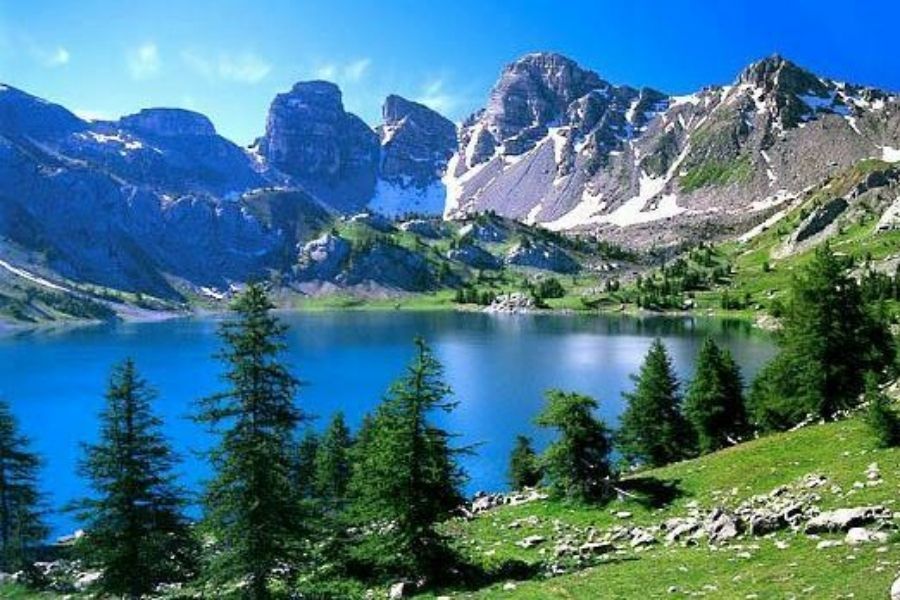
Good boots and plenty of water are non-negotiable. Signposts mark most trails, but I always checked a local map before heading out, especially higher up where the weather can flip in minutes.
Best Time to Visit
Late June through September is prime time for hiking and wildlife sightings. By early summer, snow clears from the higher paths, opening up the Valley of Wonders and other high routes.
Spring brings a riot of wildflowers, and fall has that crisp air and fewer crowds. Winter? The whole park turns into a snowy playground—think cross-country skiing and snowshoeing.
Weather in the Alps is fickle, so I always checked the forecast and packed a jacket, just in case. Earlier in the season, you’ll find quieter trails—perfect if you want a bit of solitude.
The Vallée des Merveilles Experience
Visiting the Vallée des Merveilles felt like stepping into a prehistoric gallery tucked away in the French Alps. The journey unfolded with stories carved in stone, local guides eager to share, and sweeping views of wild mountains and clear lakes.
Exploring Ancient Rock Carvings
The highlight? Seeing those rock carvings up close. People from the Copper and Bronze Ages etched them across the valley’s golden rocks—horned animals, human figures, and symbols I couldn’t quite figure out.
I moved quietly from boulder to boulder, watching how some carvings caught the mountain light. Stones with names like “Le Sorcier” (The Sorcerer) or “Le Chef de Tribu” (The Tribe Chief) sparked my imagination.
The site is protected, so you can’t always get right up to the rocks, but even from a few steps back, the details jump out.
With nearly 40,000 engravings in the area, every path offers something new. This valley feels like an open-air museum.
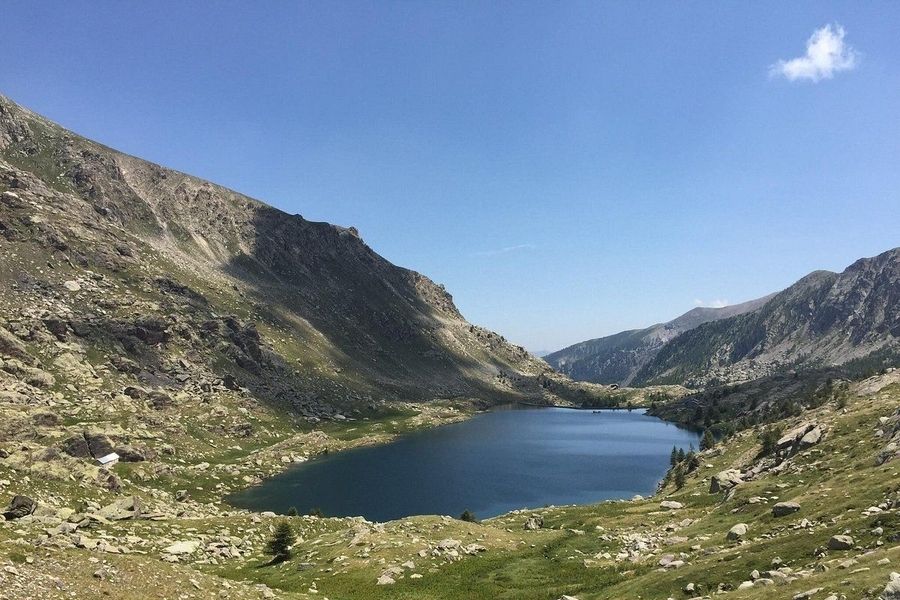
Learning that some carvings are over 3,000 years old gave me a strange sense of connection to the people who wandered these mountains long before.
Guided Tours and Local Expertise
I joined a guided tour and honestly, it made the experience way richer. The guides—many of them locals—seem to know everything about the region’s history, geology, and wildlife.
As we hiked, my guide pointed out rock art, rare alpine flowers, and even marmot burrows I’d have missed otherwise.
They broke down the engravings’ stories with simple diagrams and plenty of humor. I appreciated being able to ask questions and hear their personal stories about life in Mercantour.
Booking a tour in advance was easy. Some even offer overnight stays at mountain refuges, which sounded tempting.
If you want a deeper experience and want to support local guides, I’d say go for a small-group tour.
Hiking Routes and Scenic Views
Hiking in Vallée des Merveilles is rewarding—and sometimes, well, a bit tough. The classic route into the valley is about 10 kilometers one way, with rocky trails, unpredictable weather, and sudden open meadows.
I started early, winding through cool forests and wildflower meadows dotted with tiny lakes.
Here’s a quick look at what I found on the trails:
| Highlight | My Notes |
|---|---|
| Distance | About 10-15 km round trip |
| Elevation | 700-1,000 meters gain |
| Key Sights | Lakes, high pastures, petroglyph boulders |
| Wildlife Spotted | Marmots, choughs, and sheep |
The scenery changed constantly—from green pastures to rocky ridges under a wide sky. Sometimes, clouds swept in and made the valleys below glow.
I stopped often to catch my breath and snap photos. A few rustic refuges along the way offered water, snacks, and mountain views.
If you go, bring sturdy boots and dress in layers—the weather can swing fast, even in summer.
Artistic Inspirations Among the Alps
Standing in Mercantour National Park, I felt surrounded by a landscape that’s been firing up imaginations for thousands of years. The valleys, peaks, and tucked-away villages are more than just pretty—they’re alive with stories, ancient carvings, and artistic traditions that keep evolving.
Cultural Significance of the Valley
The Vallée des Merveilles, or Valley of Wonders, holds a special place in Alpine culture. High in the mountains, I stumbled on thousands of prehistoric rock engravings left by Neolithic and Bronze Age people.
These carvings aren’t random; they’re symbols—axes, animals, human figures—that clearly meant something to their creators.
Local guides love to share stories of ancient rituals and gatherings that happened here. The valley served as a spiritual site and a record of daily life thousands of years ago.
Knowing this history made me see the valley as more than just a hiking spot—it felt like a massive open-air museum, full of humanity’s earliest art.

Even now, people in nearby villages celebrate these traditions with festivals and educational programs. Watching locals honor and protect these sites really drove home their importance.
Ancient and Contemporary Artworks
Among the boulders, the petroglyphs stood out—etched into orange and grey stones, each one intricate and mysterious.
Archaeologists have documented and protected many, but you can spot plenty from marked trails. Info boards list the motifs—horned animals, geometric patterns, strange human shapes—so it’s actually pretty easy to interpret what you’re seeing.
Modern creativity thrives here too. Painters, sculptors, and digital artists living nearby draw inspiration from Mercantour. Their work often reimagines the region’s history, mixing classic techniques with digital art or arts décoratifs.
I met a few artists selling paintings of the valley’s red rock gorges and saw sculptures carved from local stone. That ongoing inspiration makes the Alps feel both ancient and very much alive.
Local Art Galleries and Exhibitions
Small alpine villages like Saint-Martin-Vésubie and Tende host art galleries filled with regional artists’ work. You’ll find landscape paintings, antique crafts, and even digital art inspired by the park’s wild scenery.
Some galleries surprised me with antiques—carved wooden figures and original sketches of the valley’s engravings.
In Tende, the Musée des Merveilles focuses on the prehistoric carvings and valley history. The museum displays reproductions of petroglyphs, interactive exhibits, and modern takes on ancient symbols.
Seasonal exhibitions sometimes bring in guest artists and sculptors to explore themes like wildlife, mountain life, and the bond between nature and creativity.
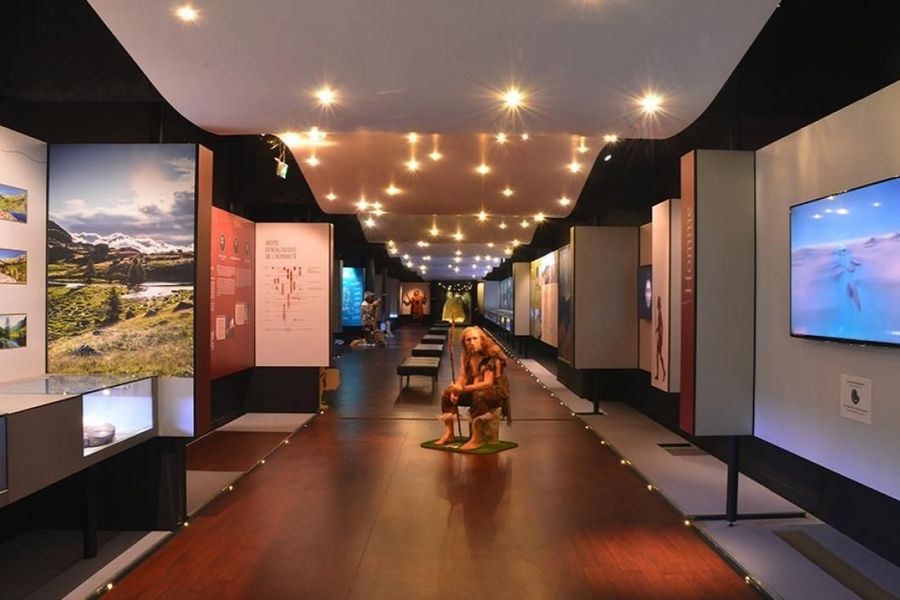
These galleries are small, but they’re worth a stop for their personal touch and real connection to the landscape.
Wildlife Encounters in Mercantour
Wildlife watching in Mercantour National Park felt both thrilling and peaceful. Sometimes I got surprised, other times I just needed patience and a sharp eye.
The variety of animals, the best ways to spot them, and the care shown to protect this wild place all added something special to my trip.
Species You Might Spot
Mercantour’s high peaks, deep forests, and open meadows are home to some amazing creatures. I kept my eyes peeled for chamois, nimble mountain goats that climb rocky slopes with ease. Their dark coats stood out against the pale stones.
Getting up early, I heard marmots whistling to each other. These chubby rodents darted back into their burrows if I got too close, but if I waited quietly, I could sometimes watch them sunbathe or play.
Golden eagles circled high above, riding the wind. I even spotted a herd of ibex in the distance, their big curved horns unmistakable through my binoculars.
In the forests, I found a rare wolf track pressed into the mud—proof these wild hunters still roam the park.
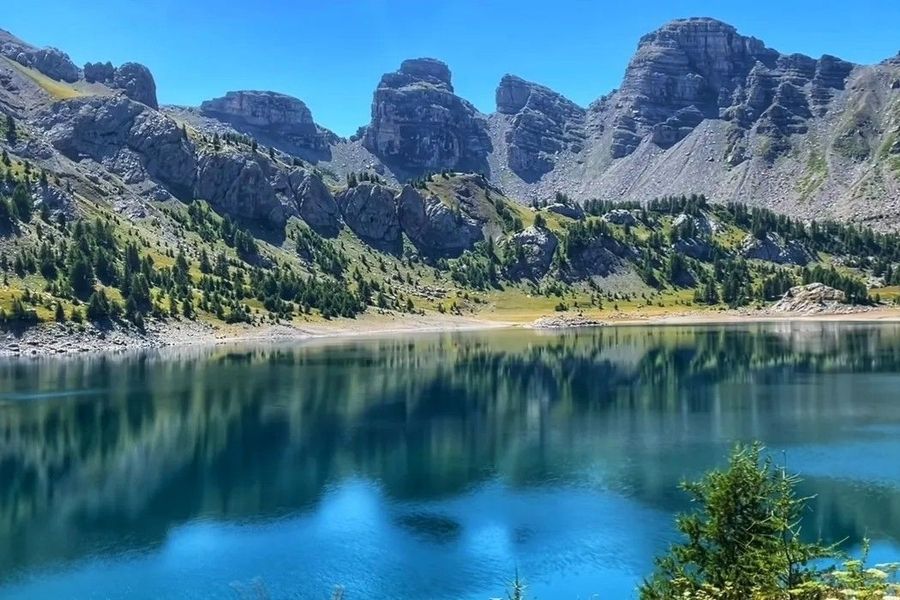
Some birds I noticed: black woodpeckers, Alpine accentors, and dippers flitting along streams. Small lizards zipped across sun-warmed rocks.
Every turn seemed to bring something new into view.
Best Wildlife Watching Tips
I’ve noticed that early mornings and late afternoons really bring out the wildlife. Packing a pair of binoculars made all the difference for me, especially when I tried to spot shy animals like deer and ibex across a valley.
I tried to stay silent and moved slowly, which helped me blend into the landscape. Instead of wearing bright colors, I stuck to earth-toned clothing so animals wouldn’t notice me right away.
A small notebook turned into my own field journal for jotting down what I saw.
Here’s a quick list of practical tips I found useful:
- Walk quietly and stop often to look and listen.
- Bring binoculars and a zoom lens if you’re using a camera.
- Don’t make sudden movements.
- Stick to marked trails.
- Be patient—the best sightings take time.
Listening to the sounds—birdsong, marmots, or even just the wind in the pines—often gave me clues about nearby animals before I spotted them.
Conservation Efforts and Guidelines
Mercantour National Park takes conservation seriously, and I did my best to follow its guidelines. Signs at trailheads reminded me to stay on marked paths, which helps protect fragile plants and keeps animal habitats safe.
Camping is only allowed in designated spots. Fires are totally banned, even inside mountain huts, to prevent wildfires.
Feeding wildlife isn’t allowed. I learned that snacks from people can make animals sick and mess with their natural habits.
The park asks visitors not to pick flowers or disturb rocks and logs, since those give shelter to reptiles and insects. If I saw litter, I picked it up—figured every bit helps.
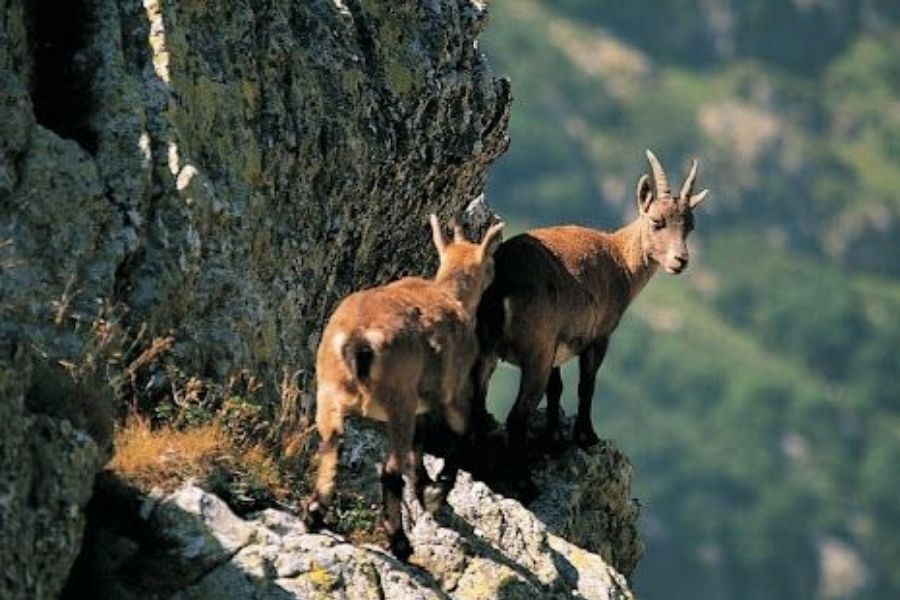
The park’s work to bring back species like wolves inspired me to tread carefully.
Adventure Activities and Outdoor Fun
Mercantour National Park is a real paradise for adventure lovers. From scenic mountains to wild gorges, I found endless ways to get active and experience the park’s wild side up close.
Hiking Beyond the Vallée des Merveilles
The Vallée des Merveilles is famous, but honestly, there are so many other trails that are just as breathtaking. I wandered through forests of larch, crossed rocky plateaus, and ended up beside sparkling alpine lakes like Lac d’Allos.
Marked routes offer something for every skill level. Some paths are gentle, while others climb steep switchbacks and reveal panoramic views over eight different valleys.
Early mornings are the best for spotting chamois and marmots, which graze around open meadows.
Here are a few amazing trails I’d recommend:
| Trail Name | Distance | Best Feature |
|---|---|---|
| Vallée des Merveilles | 14 km | Prehistoric rock carvings |
| Lake Allos (Lac d’Allos) | 9 km | Largest natural alpine lake |
| Cians & Daluis Gorges | Varies | Dramatic red canyon scenery |
You can join guided hiking tours if you want to learn about geology, history, and wildlife.
Canyoning and Adrenaline Sports
One of my most thrilling days was spent canyoning through the red gorges of Daluis. I waded through freshwater pools, slid down smooth rocks, and abseiled beside waterfalls—definitely an adrenaline rush.
Local guides provide all the gear and safety tips. The rivers and gorges around Mercantour are great for rafting and kayaking too, especially after the spring snowmelt.
For a bird’s-eye view, I tried paragliding near the park border and drifted above forested valleys and rocky peaks.
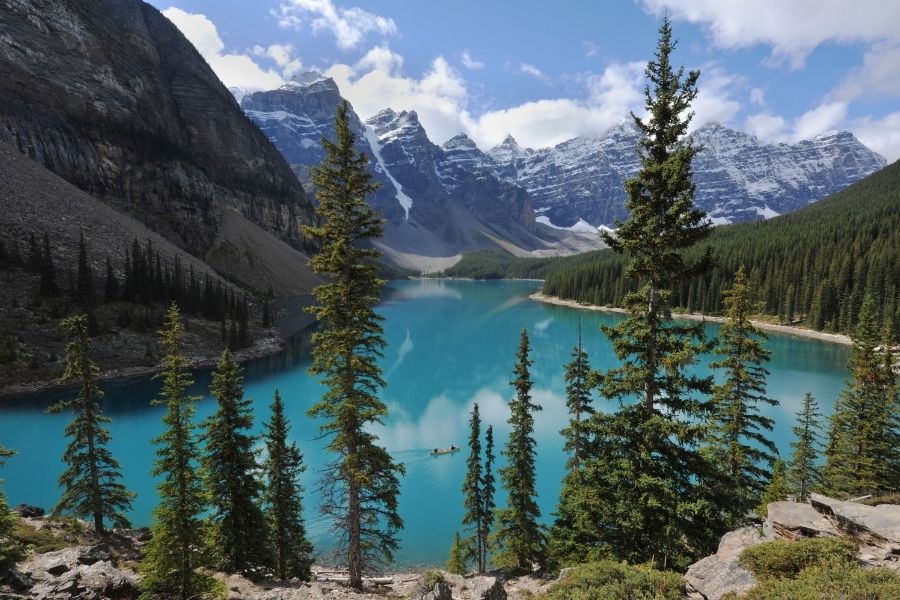
Adrenaline sports run from spring through autumn. Most outdoor tours welcome beginners, so you don’t need to be an expert to join in.
Planning a Safe Adventure
To get the most out of Mercantour’s outdoor fun, safety really matters. I always check trail and weather conditions before heading out.
The terrain can change quickly with rain or storms, especially higher up. I make sure to wear good boots, bring a rain jacket, and carry enough water.
If I’m heading into more remote or high areas, I also pack a map and a charged phone. Guided tours add a layer of safety, since local guides know how to handle changing conditions and lead groups through tricky spots.
Wildlife is best seen from a distance, without disturbing the animals. Respecting rules on paths, fires, and camping—even the small things—helps keep the park wild and beautiful for everyone.
Practical Tips for Your Alpine Adventure
Trekking through Mercantour National Park’s wild landscapes takes real preparation. Having the right packing list, knowing where to find advice, and being a respectful visitor can make or break the experience.
What to Pack for the Mercantour
The weather in Mercantour can change in a flash, especially up high. Layers are a must.
My packing list always starts with sturdy hiking boots, a lightweight waterproof jacket, warm clothes, and a hat—even in summer.
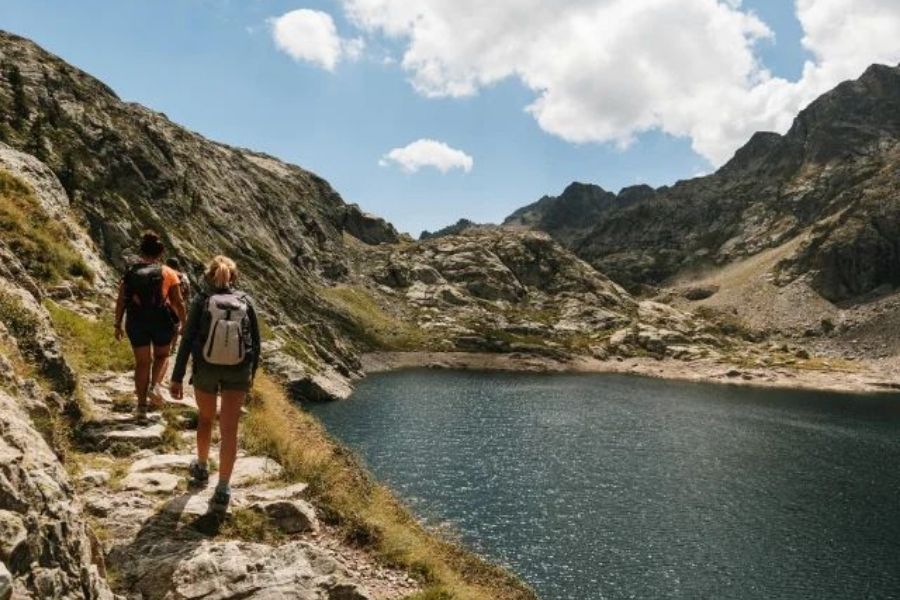
Here’s a simple checklist I like to use:
| Essential Clothing | Gear | Extras |
|---|---|---|
| Waterproof jacket | Backpack | Sunscreen |
| Merino base layers | Water bottle | Insect repellent |
| Fleece or sweater | Trail map or GPS | Camera/binoculars |
| Hiking socks | Trekking poles (optional) | Small first aid kit |
Snacks and plenty of water are non-negotiable. I never skip bringing at least two liters of water, because trails can be long and water sources are sometimes rare.
On longer routes, I find trekking poles helpful for rocky sections and steep downhill paths.
Local Consultation and Visitor Centers
Before I hit the trails, I always stop by a local visitor center. Staff there usually share up-to-date details on trail conditions and weather, and can point out any areas where wildlife sightings are likely.
Talking to the staff helps me feel connected to the local community and nature. Many centers also loan out maps or give free brochures.
Some centers host guided walks or presentations on the park’s unique features, like the prehistoric rock engravings of Vallée des Merveilles. I usually spend a few extra minutes asking about less-crowded routes or hidden viewpoints.
When I need last-minute gear or want to double-check my plans, I talk to park rangers. Their advice has steered me away from closed trails and shown me how to safely spot Alpine ibex or marmots without disturbing them.
Responsible Travel Tips
Respecting the park’s fragile environment matters just as much as enjoying it. I always stick to marked trails so I don’t trample rare plants.
I make sure to carry out my own trash—no exceptions. Even little things, like using a reusable water bottle or keeping noise down, can help protect wildlife habitats.
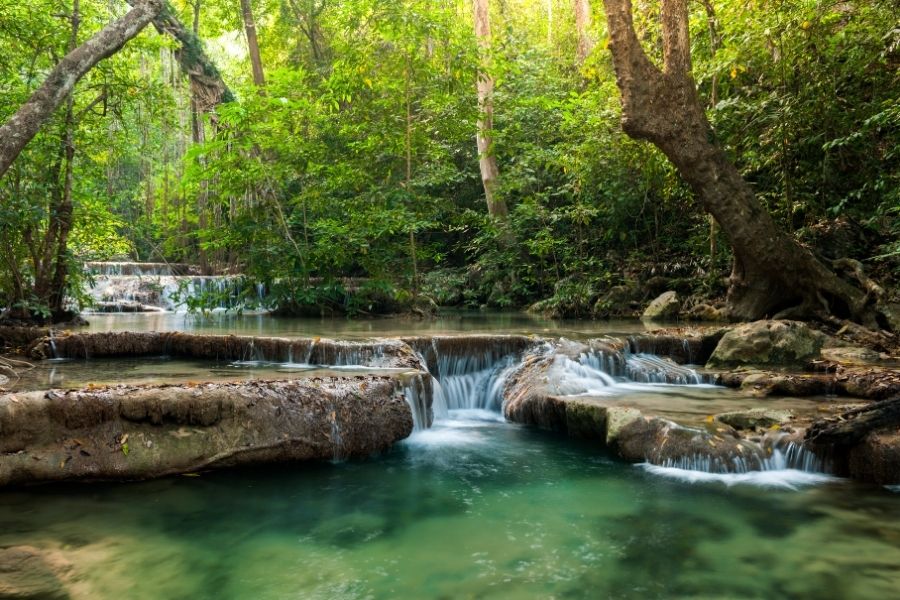
Here are a few habits I won’t compromise on:
- Leave No Trace: I pack out everything I bring in, even food scraps.
- Wildlife Watching Etiquette: I never feed or approach wild animals. Binoculars let me watch from a safe distance.
- Cultural Respect: The Vallée des Merveilles has ancient carvings scattered around. I don’t touch or disturb these sites, ever.
- Consult Locals: I ask questions at the visitor center or chat with locals. They’ve given me some of the best tips for reducing my impact.
That’s how I try to travel responsibly, hoping others will do the same.

